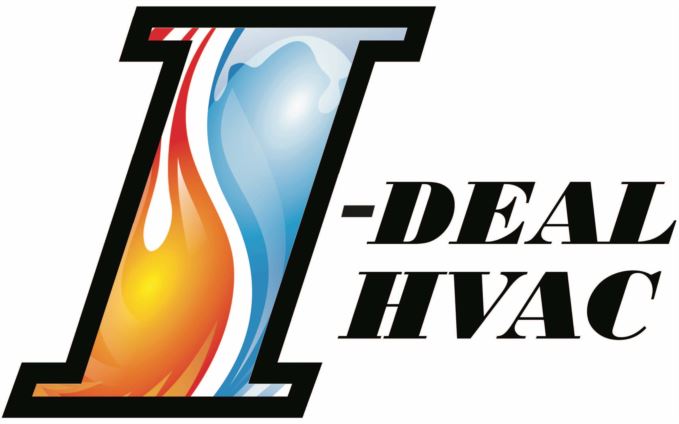
If you’re thinking over air conditioner installation in Albuquerque, you should also be considering your new air conditioner’s SEER rating.
SEER stands for Seasonal Energy Efficiency Rating. In summary, it measures how productive your air conditioner is at converting electricity into cold air. A bigger number signifies your air conditioner is more efficient, which is good for your cooling expenses.
However, there are lots of different options out there for air conditioners. And a higher SEER number usually involves a bigger cost. So, how can you determine which one is best for your residence?
At I-Deal HVAC, we offer a free, no-pressure home comfort analysis. You can book one by contacting us at 505-445-1250. Our experienced air conditioner installers will collaborate with you to help you locate the right air conditioner for your home. Plus, they’ll also provide you with a free, no-obligation estimate.
Right now, let’s go over SEER ratings and how they can affect your home’s comfort. And your electric costs.
What Does the SEER Rating Even Matter?
In 2016, the federal government made new SEER rules. New air conditioners are mandated at minimum 13 SEER in the northernmost United States and 14 SEER in the southeast and southwest. If you’re not sure when you had your air conditioner put in or what its SEER number is, you can locate the sticker on the unit outside your home. If you can’t see the sticker, you can reach us at 505-445-1250 for help.
If your air conditioner was put in before that time, it’s probably much less efficient. Air conditioner technology has rapidly changed in the past couple of years, with major progress in energy efficiency and smart home compatibility. Pairing your new air conditioner with a smart thermostat could help you spend less on cooling bills, since the thermostat can automatically adjust your temperature settings when you’re out.
If your current air conditioner has a SEER rating between 8 and 10, adding a 14-SEER system could save you an estimated 30–50% on annual electricity bills. Your savings are tied to your air conditioner size and your thermostat settings.
Is the Higher the SEER the Better?
An air conditioner with a greater SEER rating will be more efficient at using electricity for cooling. The most efficient models, which can go as high as 26 SEER, include ENERGY STAR® designation. This endorsement shows the air conditioner has achieved EPA requirements for energy savings and environmental conservation.
While ENERGY STAR air conditioners are typically more expensive, you’ll normally get the difference back throughout the years through lower electric expenses. These air conditioners, which are frequently rated 16 SEER and up, use about 8% less electricity than other new models, according to ENERGY STAR.
One of the greatest differences between a 14 SEER and 16 SEER is variable-speed capability. A variable-speed air conditioner can cool at different speeds. This improves comfort for your house while keeping your electric expenses down. It can also keep temperatures and humidity more consistent, since it can run for longer without requiring a lot more electricity.
When buying a variable-speed air conditioner, you’ll want to check that your furnace or air handler is compatible. This is since your air conditioner relies on this equipment’s blower to send cold air throughout your home. Furnaces only run for approximately 20 years, so if yours is around that mark, we advise getting furnace installation at the same time so you can get all the advantages of your variable-speed air conditioner.
When you’re prepared to replace your air conditioner, the cooling professionals at I-Deal HVAC are here to help. Give us a call at 505-445-1250 to request your free home comfort analysis now.
